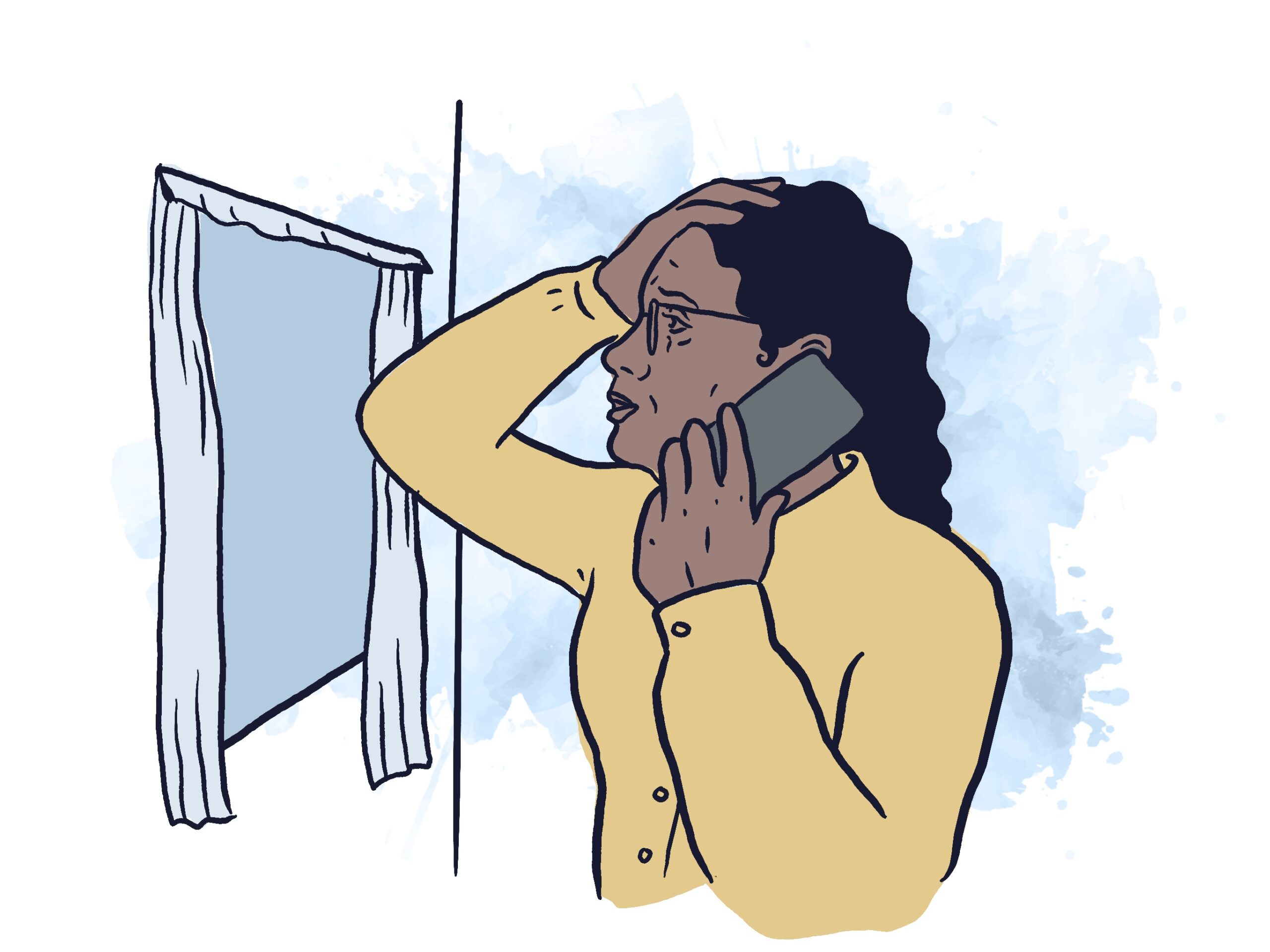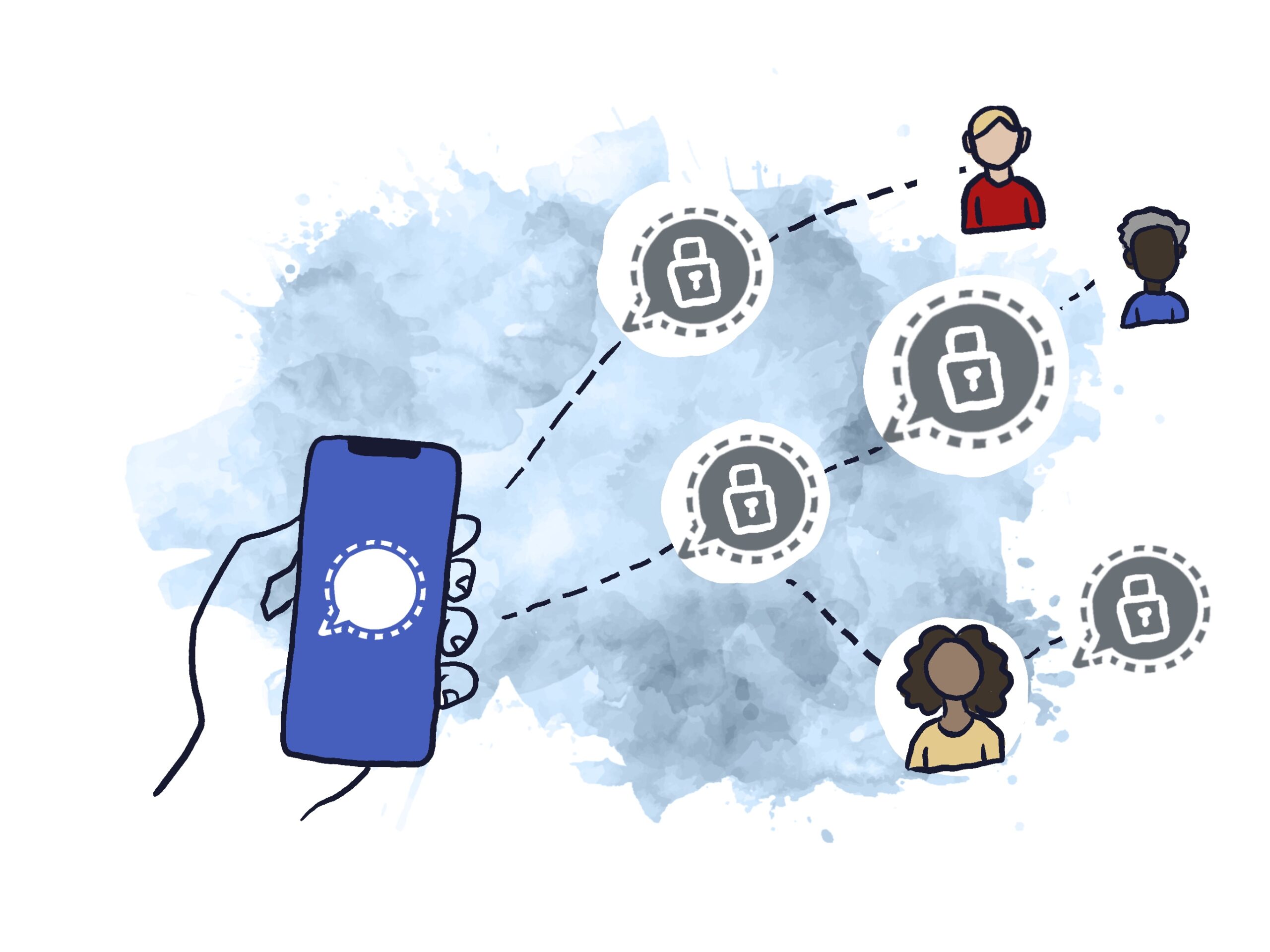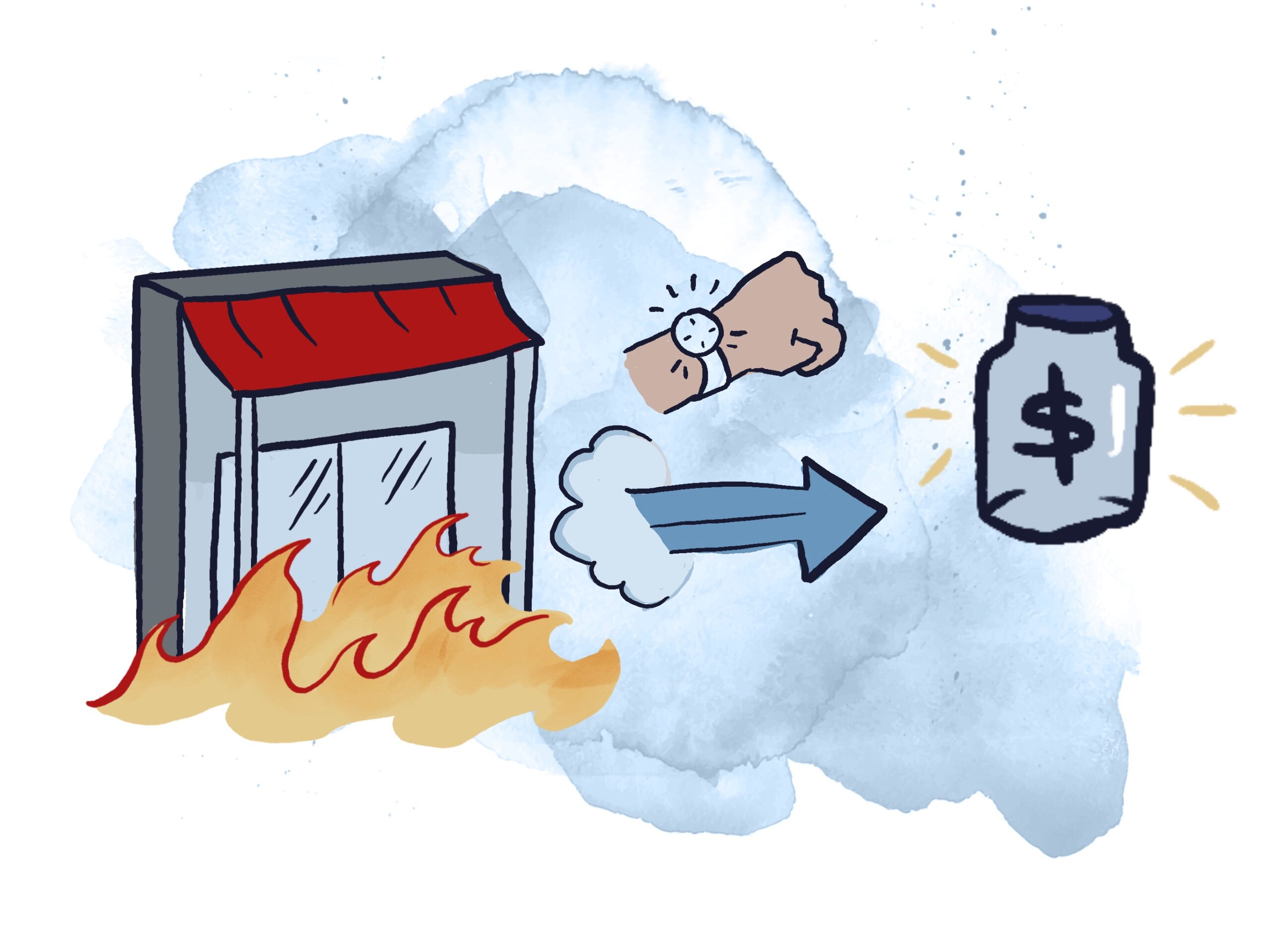Your first act as an Underground Railroad “conductor” is when a community member who is undocumented reaches out. “I knew I needed to leave when my neighbor put all my contact information online,” she said. “He’d already tried to call ICE on me at least three times. I need to get out of town.”


The cases aren’t numerous, but each requires operating with a mix of trust and secrecy. You become comfortable working on Signal, Jitsi, and other technologically secure products. Still, you are surprised how many of the “conductors” on the railroad are open about their work. But some need to be — that’s the only way folks can find the railroad. And the part that’s open allows the system verification that people are delivered to safe locations. Infiltration is a constant fear.
Your work speeds up rapidly when a local plant is raided by ICE. Apparently the owner called ICE on his undocumented workers right before payday. Workers flee en masse, uprooting their families. You team up with a bunch of others working on helping them find places to land — jobs, housing, and travel. You wish them all well, but (as is the rule) you don’t have contact with them once they’re on their way.

